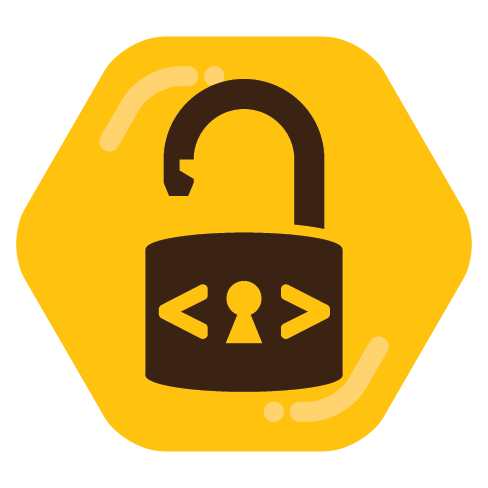I’d say if you get a Ryzen, yeah. I have a P14s gen4 AMD that I use for my primary machine, and game on successfully. But I also have an old T14s gen1 AMD that work let me keep when I got refreshed. Right now I have Windows on it, to play some games that don’t work well in Proton, but it works fine in Linux as well.
If you can swing it, the T14s gen3 with a Ryzen 7 6850u was a truly excellent machine, it’s what I have for work right now. But we won’t see it coming off lease for another couple years, so it’s a bit early for good prices on the used market.




Honestly, I never really use it untethered enough to give you a good answer. But I can say that notebookcheck’s battery tests are pretty good, and they test enough laptops to compare well across a large number of models and generations.